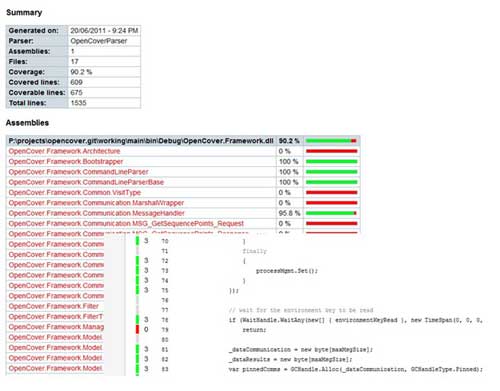Software Testing Articles, Blog Posts, Books, Podcasts and Quotes
Personas are fictional archetypes based on the real world that represent a group of users who have common goals. This is a concept that is often used in product and software development. In this blog post, Katrina Clokie expand the concept of personas to the software testing domain.
Maintaining the devices that your company provides for testing mobile applications is mandatory for the success of your mobile development projects. It is as important as the human resources of the company. Since modern emulation tools and cloud services don’t assure high quality of mobile applications, all portable devices such as smartphones and tablets should be maintained properly. This article explains how you can extend their lifespan.
Software developers have often the habit to write code faster than their software testing capabilities. This creates a backlog of untested code. In this blog post, Dennis Stevens proposes some hints about things that programmers can do instead of writing untested code.
It is not always easy to have management responsibilities in software development and software testing when you come from a technical position. This is also true in software testing. In this article, Mark Garzone shares some tips on how to be a better software testing team lead or test manager.
Writing unit tests is easy in theory but could be more difficult in practice. Usually experience helps in getting better at unit testing. In this blog post, Patroklos Papapetrou shares some of his experience in writing Java unit tests.
Code coverage is a metric that gives the degree to which the source code of a program is tested by a particular test suite. This metric is provided by open source or commercial code coverage tools and displayed in quality dashboards like SonarQube. There are many discussions about the right level of code coverage. In his book Quality Code, Stephen Vance explains the limit of this metric.
The increasing adoption of Agile project management frameworks like Scrum and short iteration schedule has a deep impact on the place of software testing and the activity of QA people. In this blog post, Chris Burns tries to answer the often-asked question: “what does QA do on the first day of a Scrum sprint?”





